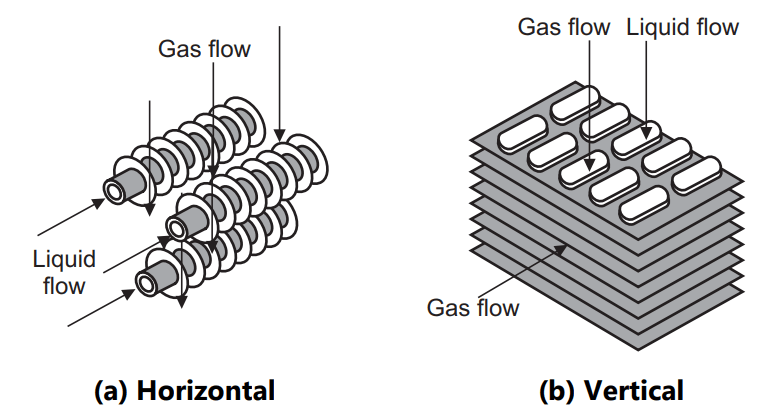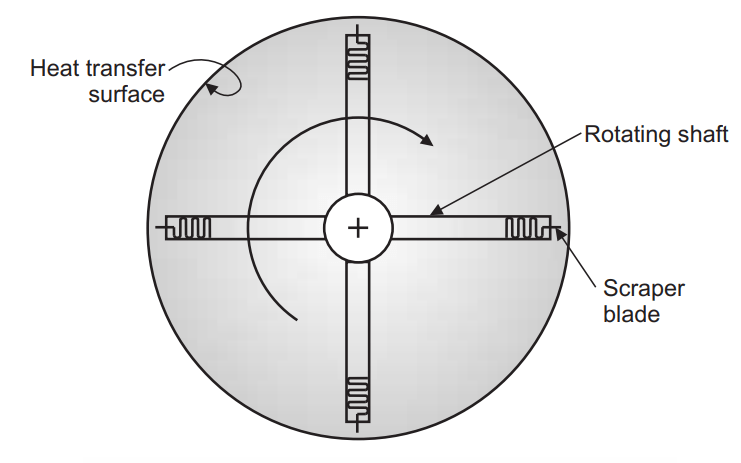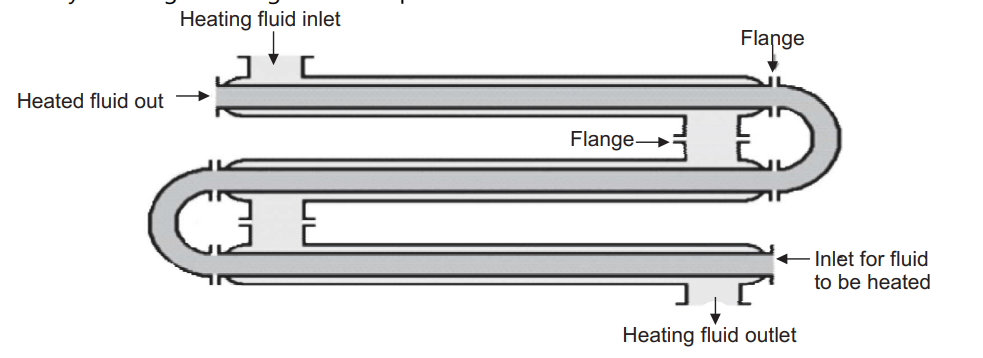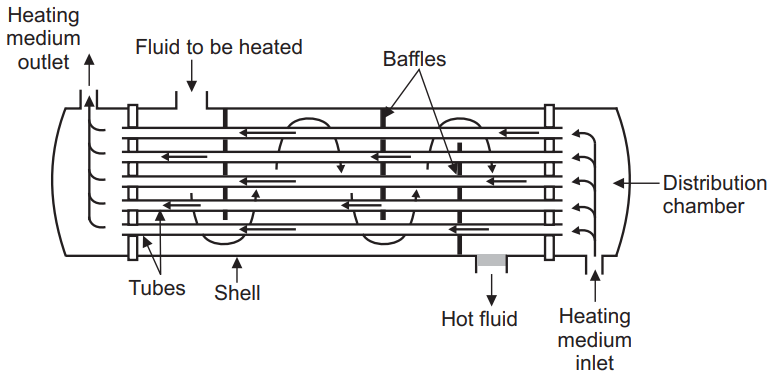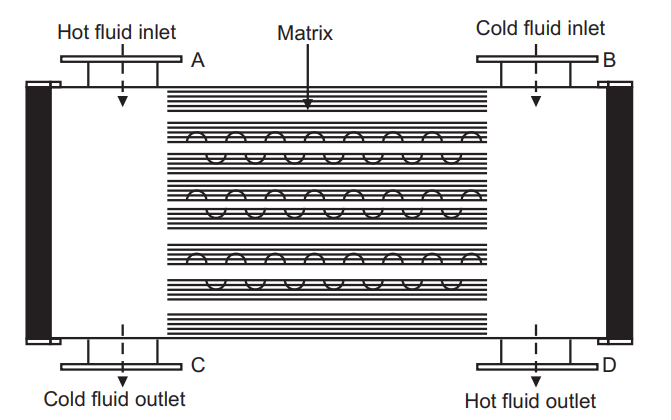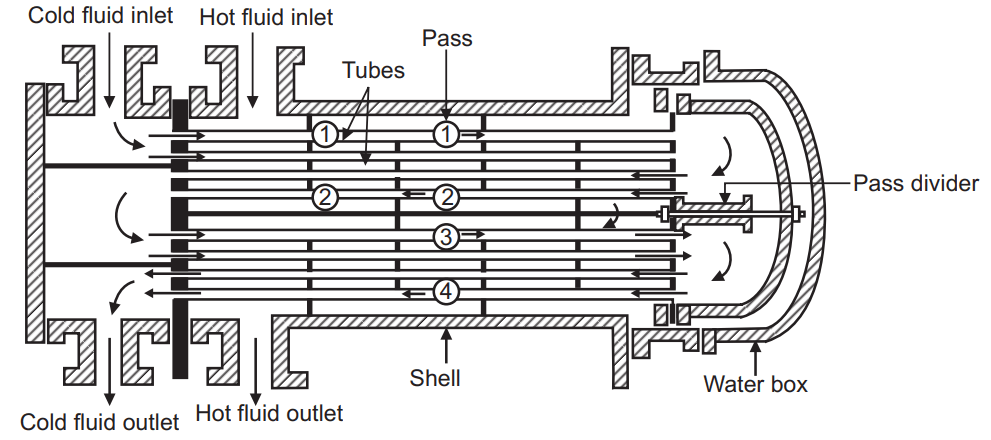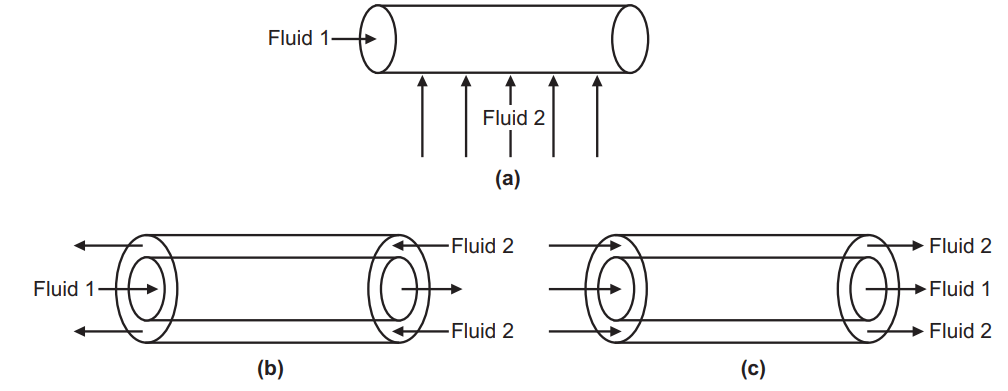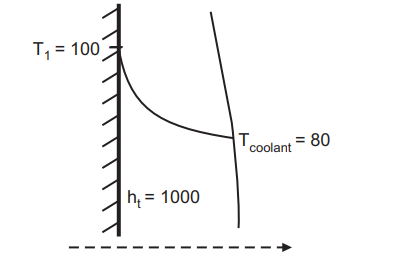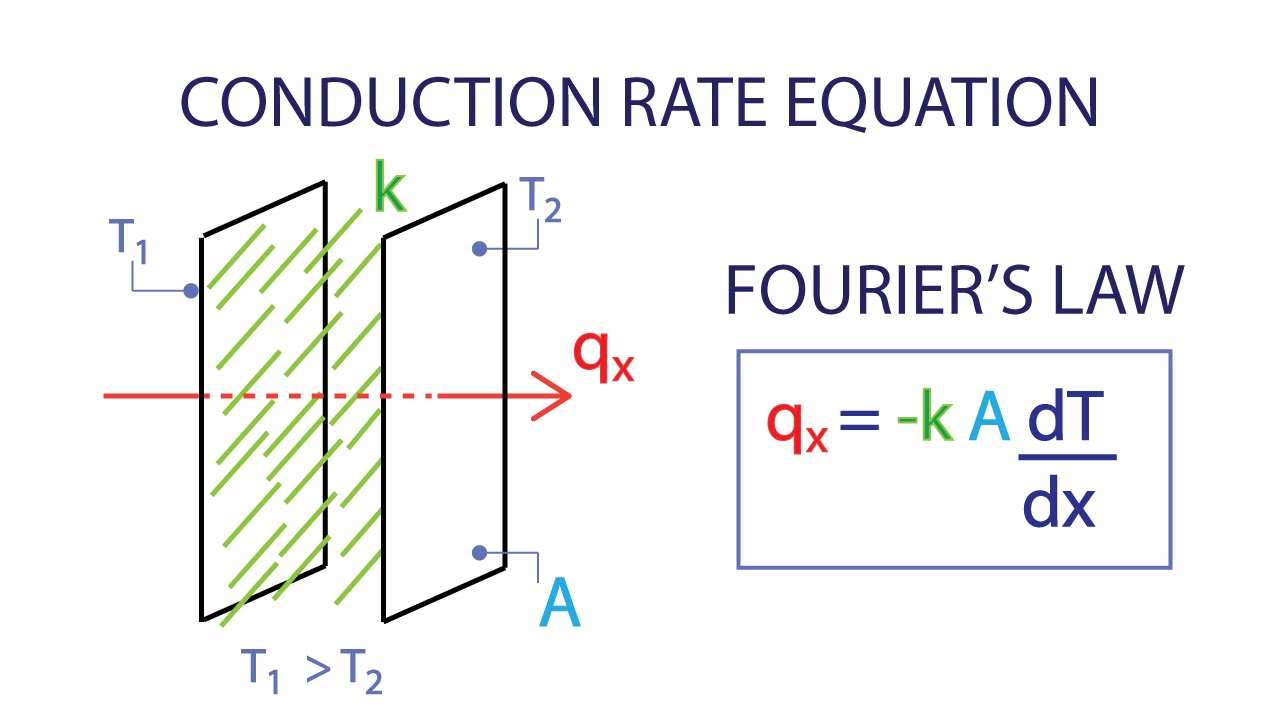Finned Tube Exchanger
Finned Tube Exchanger: In a heat exchanger, while heating the air outside the tubes with steam inside the tubes, the steam side coefficient will be very high and the airside coefficient will be extremely low. While heat transfer, as the overall coefficient approximates that of the lower side (the airside coefficient), the only remedy to … Read more
